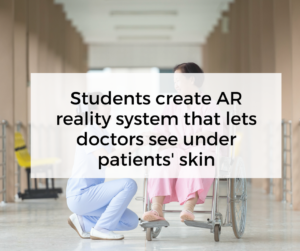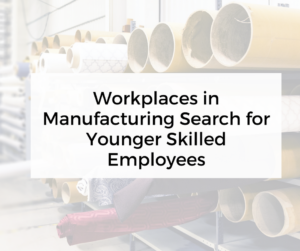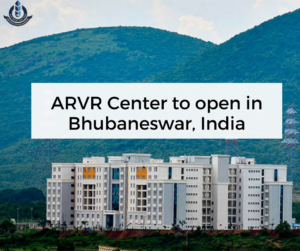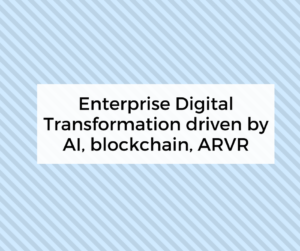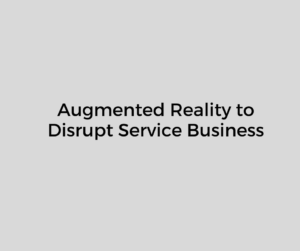“In our business it’s very important that we get there, get the job done, do the service and do it cheap,” said John DuBay, business development manager for Ingersoll Rand’s Trane division. “If we can get it done quickly, we’re saving everybody money. We’re making more money because they’re going to go to the provider that can deliver service better and more quickly.”
If it’s your product, you already have the design.” With the commercialization of augmented reality development toolkits, John DuBay, of Ingersoll Rand’s Trane division, sees few obstacles to the proliferation of AR-enabled applications for maintenance and other service tasks.
For DuBay, a keynote technology that can help deliver this type of enhanced service is augmented reality (AR). DuBay outlined his views on the impact that AR, digital connectivity and visualization technologies are having on the service business at Smart Industry 2017.
Service is being disrupted through empowerment. With AR, all providers will be able to service all equipment anytime, anywhere, DuBay contended. The combined expertise of an enterprise can be tapped into and integrated into remote devices like smartphones, tablets or something like Google Glass.
At its core, the Internet of Things (IoT) is able to expose more knowledge and data to more people—hopefully lowering costs in the process. IoT applications like AR save time and money because they can drive broader access to expert information and methods by creating a bridge between physical and digital. AR allows quicker and more precise execution of service and enhances end-user knowledge by offering up the information a technician needs at that moment they most need that information.
“Augmented reality is a catchphrase to me,” said DuBay. “To me AR means simply that when you’re there in person you got the reality of the situation and then you augment it with some expertise or knowledge. This is about making that process streamlined and digital.”
Expertise on demand
By streamlining the service process with AR, what once was a job that only an expert service technician could handle, junior employees can now tackle. As industries struggle to find skilled workers, AR is an invaluable tool in training up and creating a larger competent workforce
This is accomplished is through the combination of static and real-time data that AR is known for. Computer-generated 3D and 2D graphics are interwoven with real-time data live from network devices as an intelligent digital overlay on a real-time view of the equipment in question. “What AR does is take the existing knowledge and data one already has and put the most relevant pieces together,” DuBay said.
In the field, DuBay and his team created an AR application that allowed an end-user to take a smartphone or tablet, point the camera at the piece of equipment being serviced and if there was a problem with any of the components, that particular piece would light up on the device view. From there, users could touch the tablet, explode out the view and see the components. From there the pertinent service information would be brought up and help guide the technician with service. This not only saves time by pinpointing problems using existing data, it means that the person servicing the equipment won’t have to disassemble anything more than is necessary to find out where the point of failure is.
“AR should make them experts,” DuBay said. Another less efficient service method DuBay outlined was simply using remote viewing through something like Google Glass or a mobile device and having an off-site expert walk the on-site technician through the process. “If you walked up to service a piece of equipment you’ve never seen before you wouldn’t know what to do. AR doesn’t care. All you need is common sense.”
Best of all, when DuBay and his team at Trane sat down to create the AR application, they found that all the info they needed already existed. “Everything is manufactured per some design spec,” he said. “There’s a blueprint, there’s a drawing that shows its actual architecture. If it’s your product, you already have the design.”
That rendition is then plugged into the platform and then whatever connected real-time data you have is overlaid on top. “That part that surprised me was that we already had all the assets we needed,” DuBay said. “There is some one-time development work in an API. But it’s primarily an integration effort.”
In the future, DuBay sees the company’s AR platform becoming a service tool for which the company can charge a subscription fee. “We can have 20 times the amount of service techs,” he said. “That business model works. That should be what we’re focused on.”
AR is probably closer for your enterprise than you think. You already have what you need.

